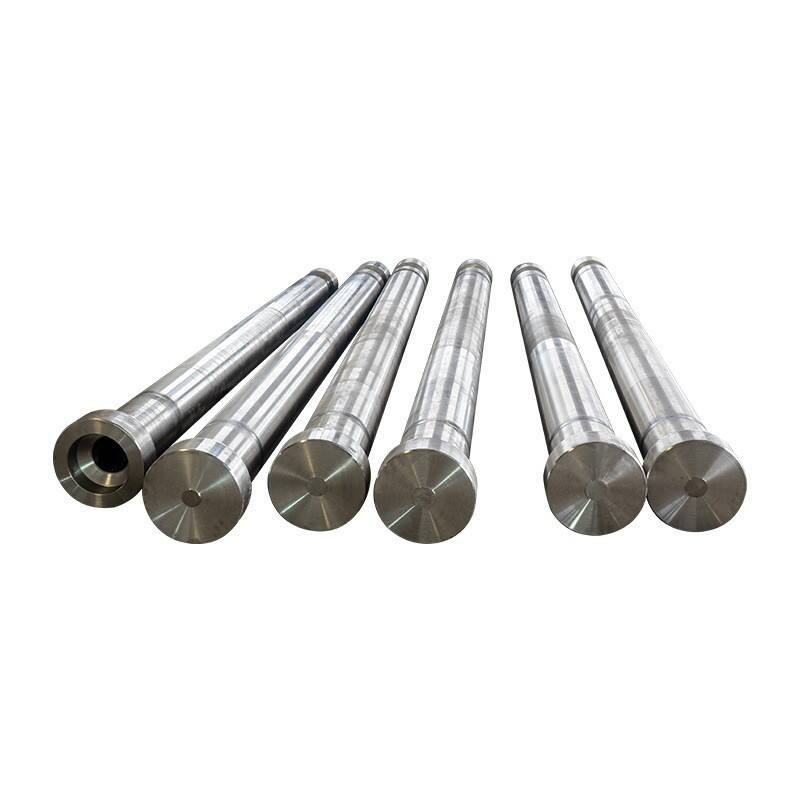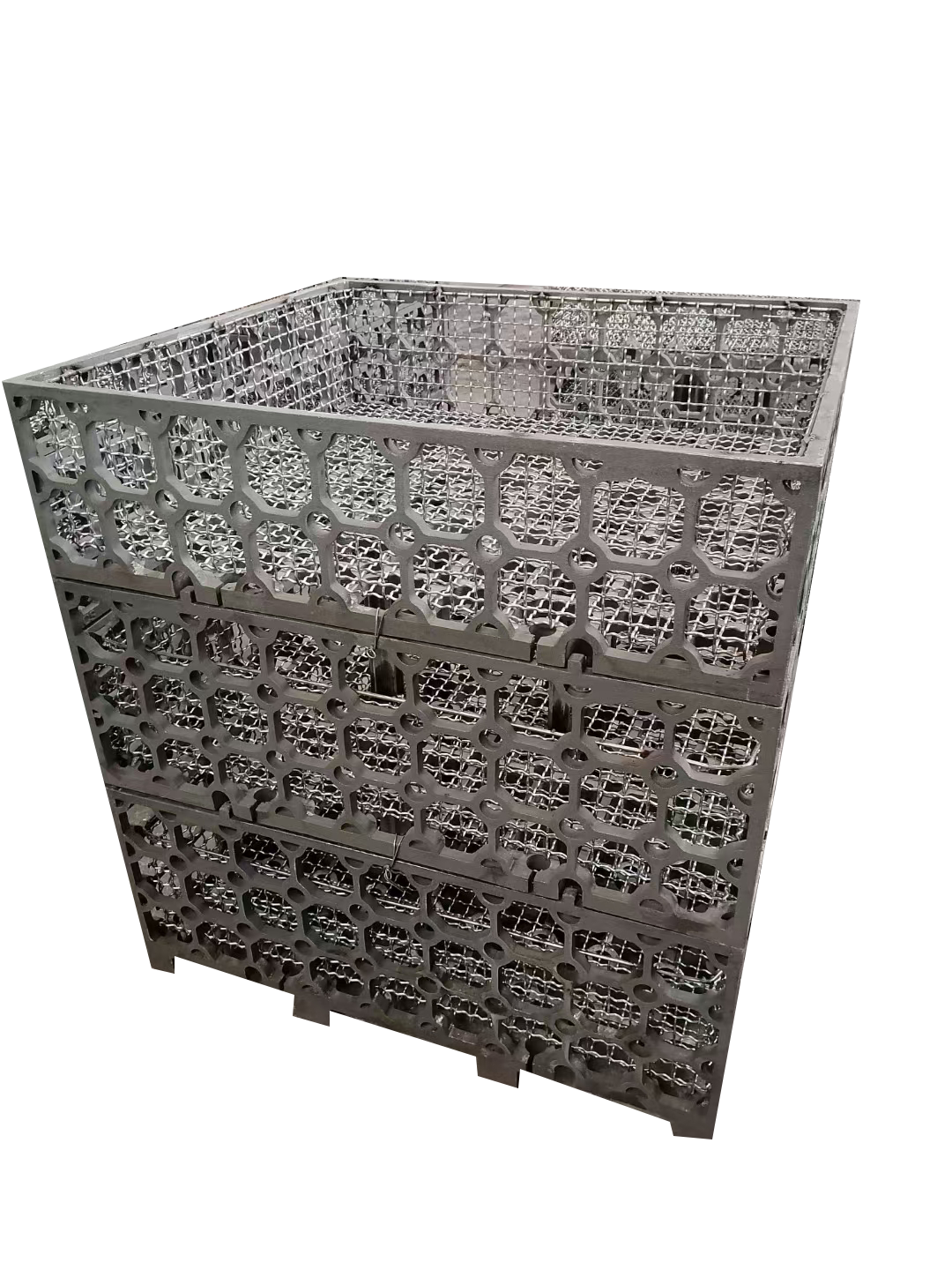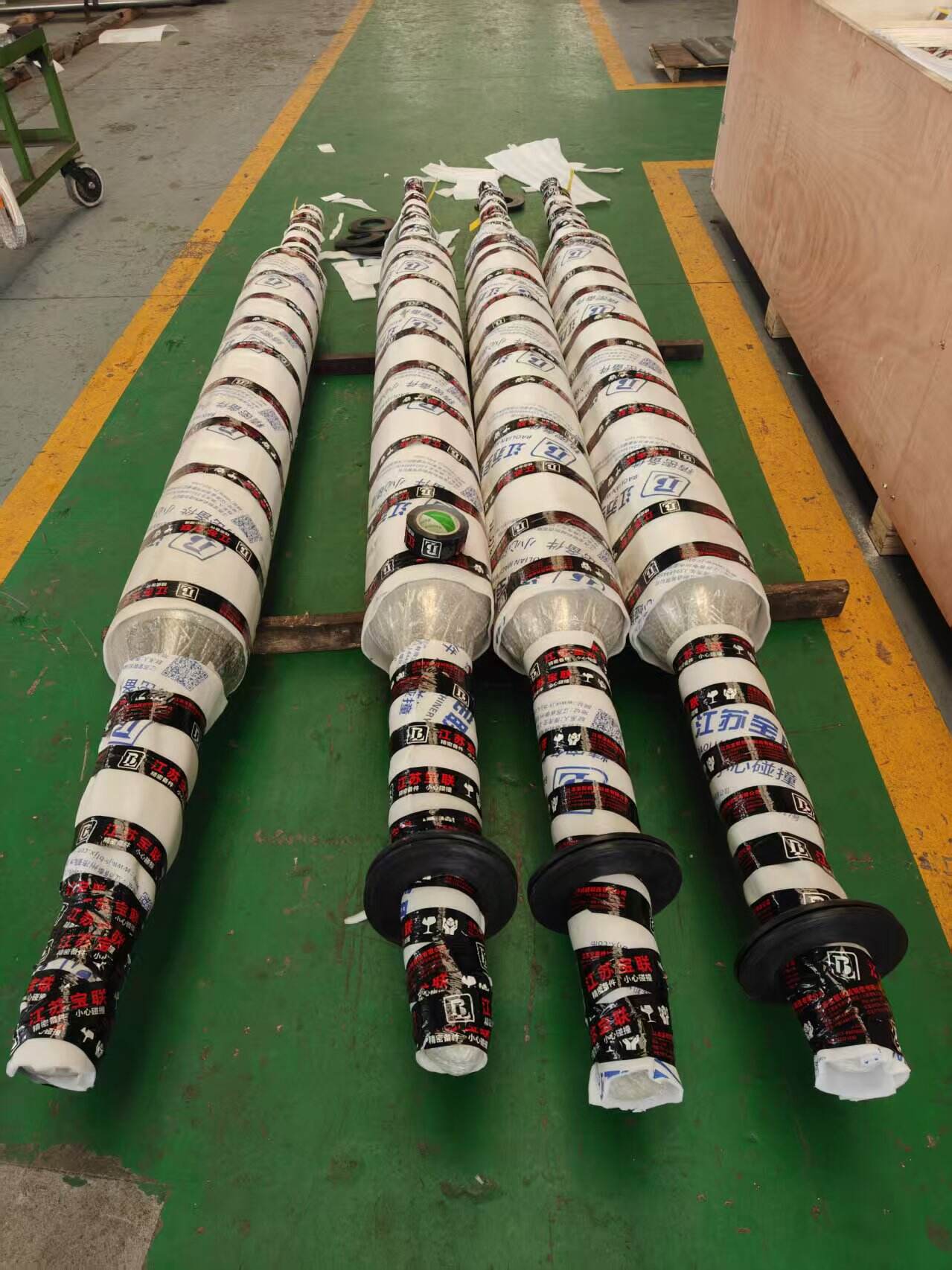stress relief heat treatment
Stress relief heat treatment is a crucial metallurgical process designed to reduce internal stresses within metal components that develop during manufacturing processes such as machining, welding, or forming. This specialized heat treatment involves heating the material to a specific temperature below its critical transformation point, maintaining this temperature for a predetermined period, and then cooling it slowly under controlled conditions. The process effectively releases residual stresses without causing significant changes to the material's microstructure or mechanical properties. By uniformly heating the metal, atomic bonds are temporarily weakened, allowing internal stresses to redistribute and dissipate. This treatment is particularly valuable in precision manufacturing, where dimensional stability is paramount. Common applications include treating welded structures, cast components, and complex machined parts. The process can be customized based on material type, component size, and specific stress reduction requirements. Modern stress relief heat treatment facilities utilize advanced temperature control systems and sophisticated monitoring equipment to ensure precise process control and repeatable results.


